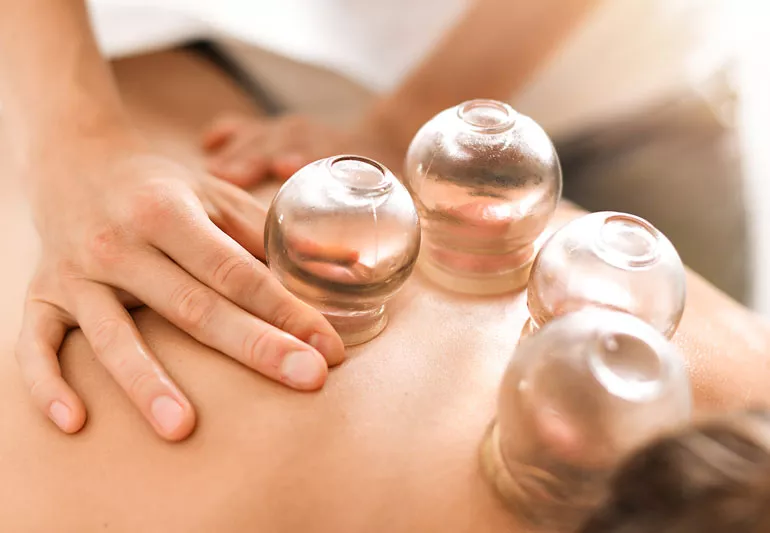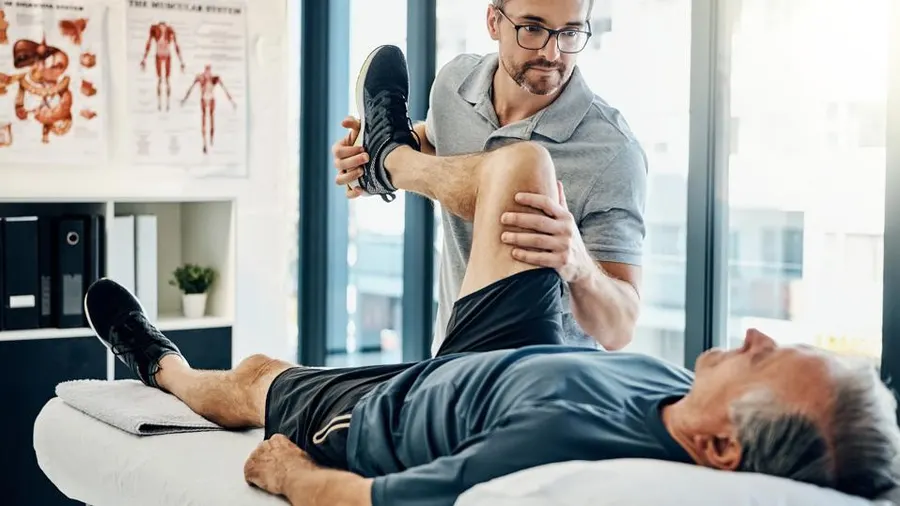Discover Your Perfect Healer Today!
Our online practitioner directory connects you with a wide range of healers to suit your unique needs.
Easily search and find the right professional to support your wellness journey.
Start exploring today to find your perfect match.
Modality
Disease
Books
Products
Events
Training
Blogs
Integrative Medicine
Discover the Difference Between Integrative and Functional Medicine
The healthcare arena has changed considerably in recent years with the rise of new methods that have been developed to address human health intricacies. Among ...
Read More → Written by
David Brown
Chinese Medicine
Chinese Medicine: Benefits and Timeline for Results
Traditional Chinese Medicine (TCM) is an ancient healing system that uses natural remedies to balance the body’s energy. It is a holistic approach that aims ...
Read More → Written by
John Smith
Homeopathy
Naturopathy vs. Homeopathy: Understanding the Key Differences
Naturopathy and homeopathy are two terms that are often confused or used interchangeably in the field of alternative medicine. Nevertheless, they have different philosophies, methodologies ...
Read More → Written by
James Williams
Physical Therapy
Discovering the Therapeutic Power of Physical Therapy
Physical therapy is a physical manifestation of “healing,’’ a procedure with rehabilitative powers for damaged conditions, preventing further injuries and recent developments. This is a ...
Read More → Written by
David Brown
Ayurveda
Steps to Becoming an Ayurvedic Practitioner: A Comprehensive Guide
The path to becoming an Ayurvedic practitioner is both ancient wisdom and modern education in one. This outline gives clear steps on how to understand ...
Read More → Written by
Michael Johnson
Functional Medicine
Getting Started with Functional Medicine: A Beginner’s Guide
Functional medicine is a form of treatment that seeks to improve health by treating the underlying causes of medical conditions instead of masking the symptoms. ...
Read More → Written by
David Brown






